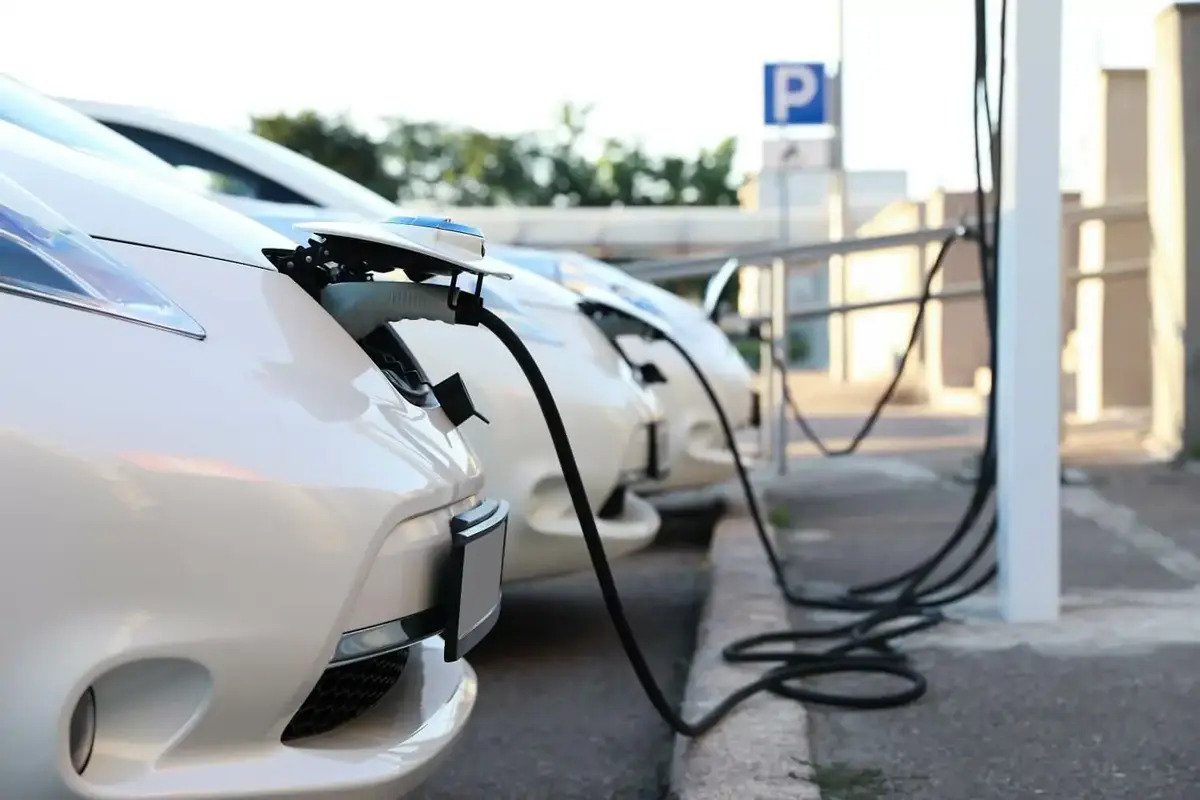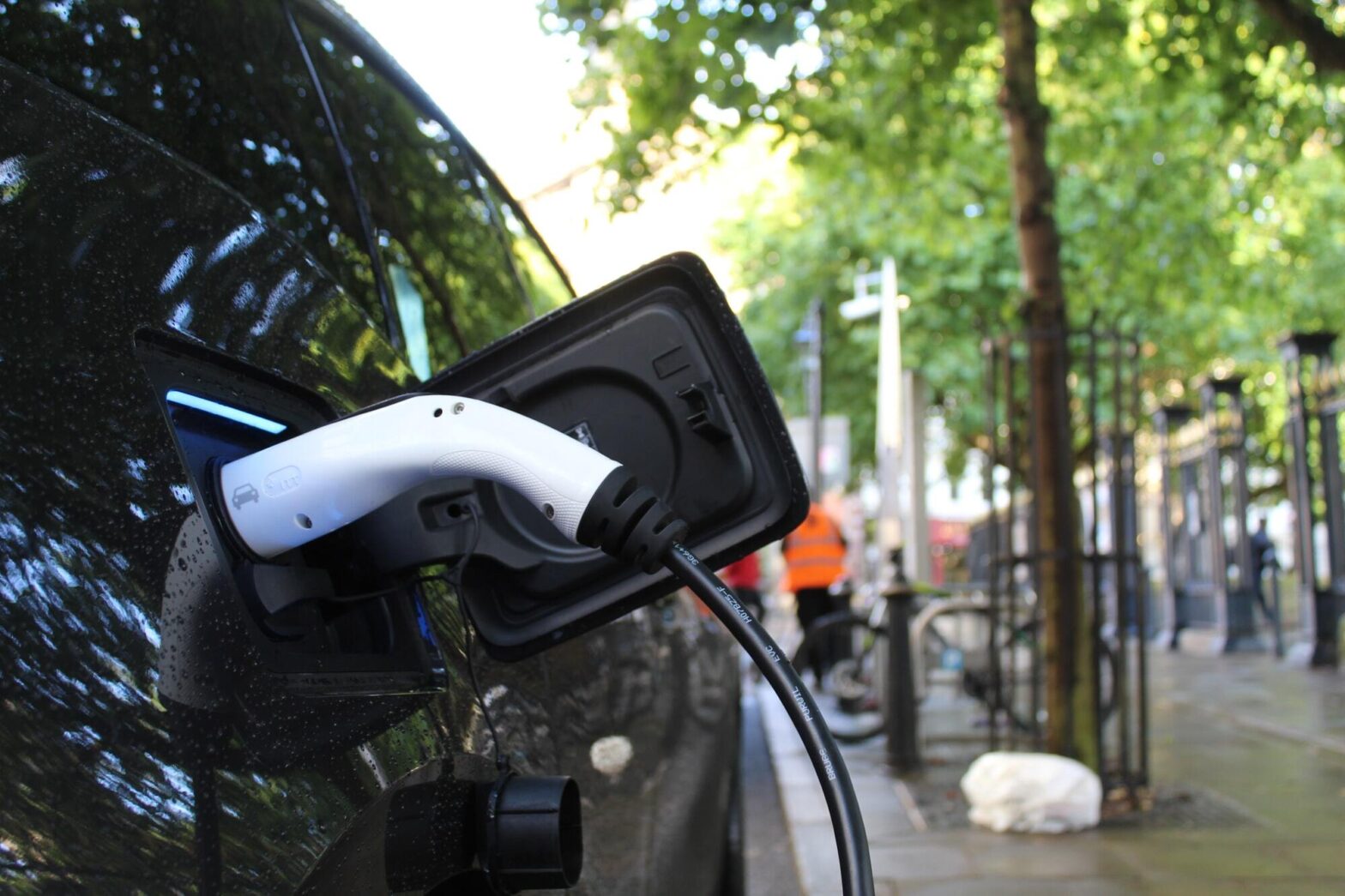The main differentiation between conventional and electric vehicles is the mechanism of converting stored energy into kinetic force.
This energy is retained in a chemical form in conventional cars and released by a chemical change inside the cylinder. Electric cars, on the other hand, despite possessing chemically stored power, release it electrochemically without any type of burning.
This means that no gasoline is burned, and hence no CO2 is released into the atmosphere while driving. They are also more effective than conventional vehicles. Is this a decisive victory for electric mobility? Are electric cars and automobiles truly more environmentally friendly?
No, not always. Suppose these cars are not powered by solar panels, wind generators, or maybe even nuclear or hydroelectric technology. In that case, their CO2 emissions will be significantly higher.

For example, if the energy used to charge vehicles is derived from the combustion of fossil fuels, it makes no difference whether the EC is not causing damage while being operated because the pollution was previously emitted in some distant power station.
Furthermore, electric vehicles store energy in enormous batteries with significant ecological consequences. This is because these packs are made of rare earth materials that only exist under the Earth’s crust, necessitating mining activities with highly polluting methods.
Aside from the quantity of the REE, the energy consumed to manufacture the batteries accounts for approximately half of their ecological consequences.
Nonetheless, estimates predict that electricity output is advancing and that more renewable sources are trying to enter the system, which would assist in reducing the environmental burden of constructing these batteries.

